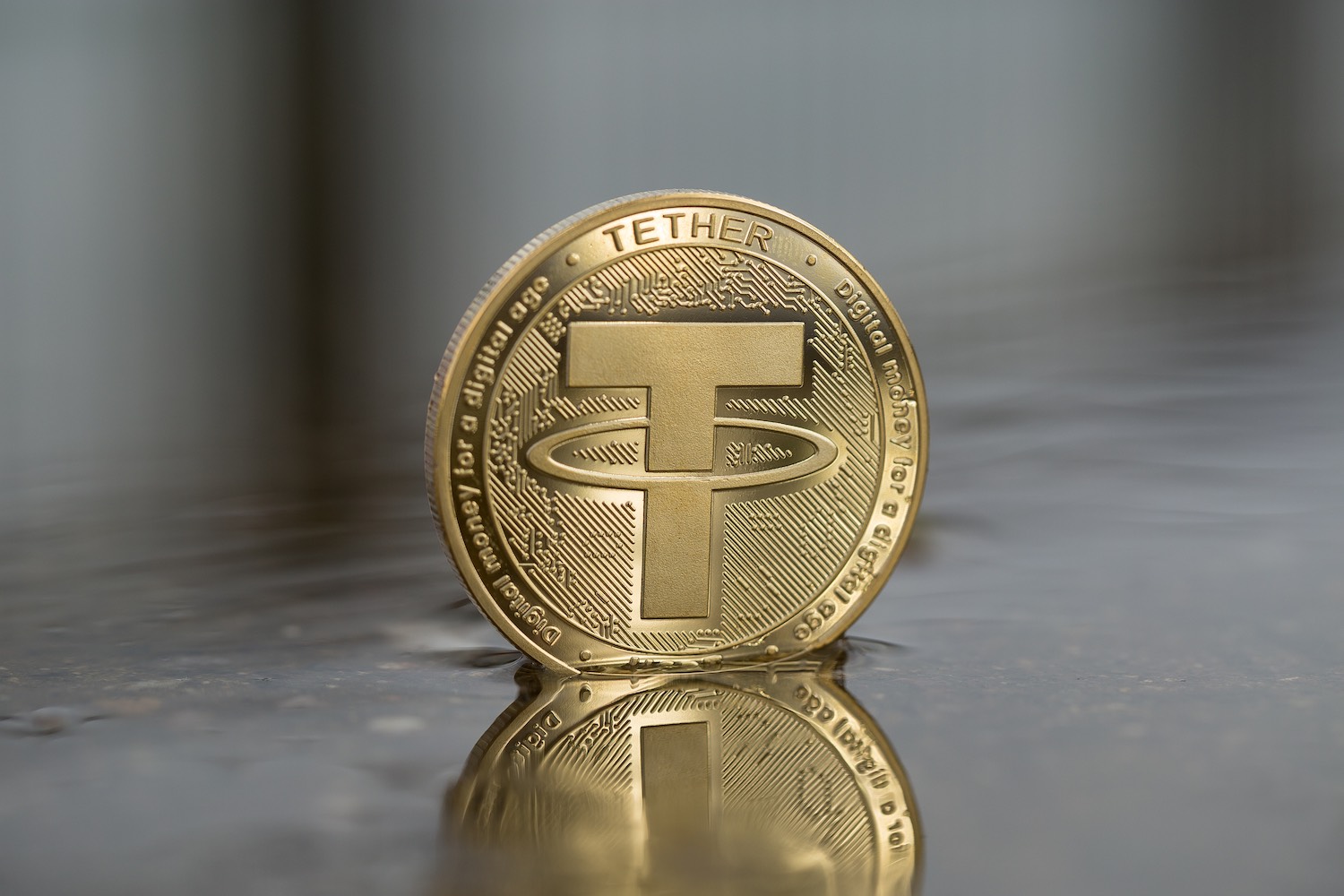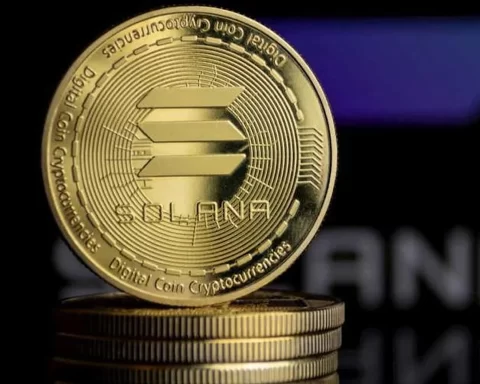Stablecoins, or crypto assets that follow the price of a well-known fiat currency like the US Dollar, have grown to over $100 billion total market capitalization — and with great transaction volumes to boot. Amid an increasingly welcoming regulatory environment, we might soon see stablecoins as the most widely used crypto product.
The premise of stablecoins is fairly simple: you get to benefit from the versatility of a global blockchain network, but with none of the annoyances from the unstable value of even major cryptocurrencies like Bitcoin and Ethereum.
And just as the value of the entire crypto market went through a major downturn, stablecoins have continued to grow and reach new heights of adoption throughout this year, according to QuickNode’s Q3 On-Chain Report.
Growing business and grassroots adoption
While 2023 has been largely tough on crypto markets — VC funding continued to dry up, DeFi and NFT usage declined — stablecoin active user counts are up on the year.
Leading stablecoins like USDT, USDC, DAI can be found across most layer-1 and layer-2 networks, offering a large degree of versatility and ease of use. Ultimately, decentralized bridges further expand the range of stablecoins usable on-chain, though they’ll most likely need to be bridged back for peer-to-peer integrations and fiat conversion.
The rosy picture for the stablecoin class, in truth, is mostly the story of one of them. With BUSD being culled bowing to pressure from the NY Department of Financial Services, and the Silicon Valley Bank collapse and subsequent USDC depeg severely affecting its momentum, only USDT has seen a positive and uneventful year.
Beyond the large, crypto-related transactions, USDT is also seeing some signs of local grassroots adoption. Earlier in the year, it became possible for Argentinians to purchase groceries at Mercado Central, one of the largest markets in the region, with USDT and other cryptocurrencies. As countries torn by inflation look to adopt the US Dollar — unofficially, at least — stablecoins offer an ideal source of it for both local and global usage.
Finally, some regulatory clarity
Importantly for stablecoins, regulators have now taken a closer look at stablecoin transactions, and the verdicts seem overall positive.
Earlier this year, the milestone MiCA regulation passed in the EU, mandating among other things the full auditability of “centralized” stablecoins. The implementation takes multiple steps, with the bulk of the measures set to be enforced starting December 2024.
Other jurisdictions across the world have mostly followed along, with the UK, Singapore, Hong Kong and others passing a mostly similar set of regulations in the summer of 2023 — a period some have termed the “stablecoin summer.”
As always, regulations carry a double-edged sword. By defining clear rules, they are designed to ensure that episodes like the Terra UST collapse could never happen again, as well as potentially putting an end to the longstanding speculations about reserves and trust in stablecoin providers. But the more stringent requirements for operating legally could make it tough for decentralized alternatives to establish themselves effectively, especially considering an outright ban on “algorithmic” stablecoins seen across many of the regulatory frameworks.
Stablecoins are a big business, and about to become even bigger
Rumors are circulating about Circle, the issuer of USDC, actively considering an IPO in early 2024. According to Bloomberg, the firm is actively studying a potential go-to-market strategy, though the plans are not finalized just yet.
At their last 2022 valuation for a SPAC-driven listing, Circle was valued at 9 billion, taking its rightful place as one of the most valuable crypto companies.
It’s unclear if Tether has anything similar in plan, though it too is an incredibly profitable company. The recent shuffle with Paolo Ardoino, formerly CTO, now officially becoming CEO might be a sign of a longer duration plan.
Regardless, stablecoins are proving their worth and rapidly growing. Though crypto purists might not like this outcome, stablecoins can be the first killer application of blockchain — a way for everyone across the world to experience it.
Discover the Crypto Intelligence Blockchain Council




